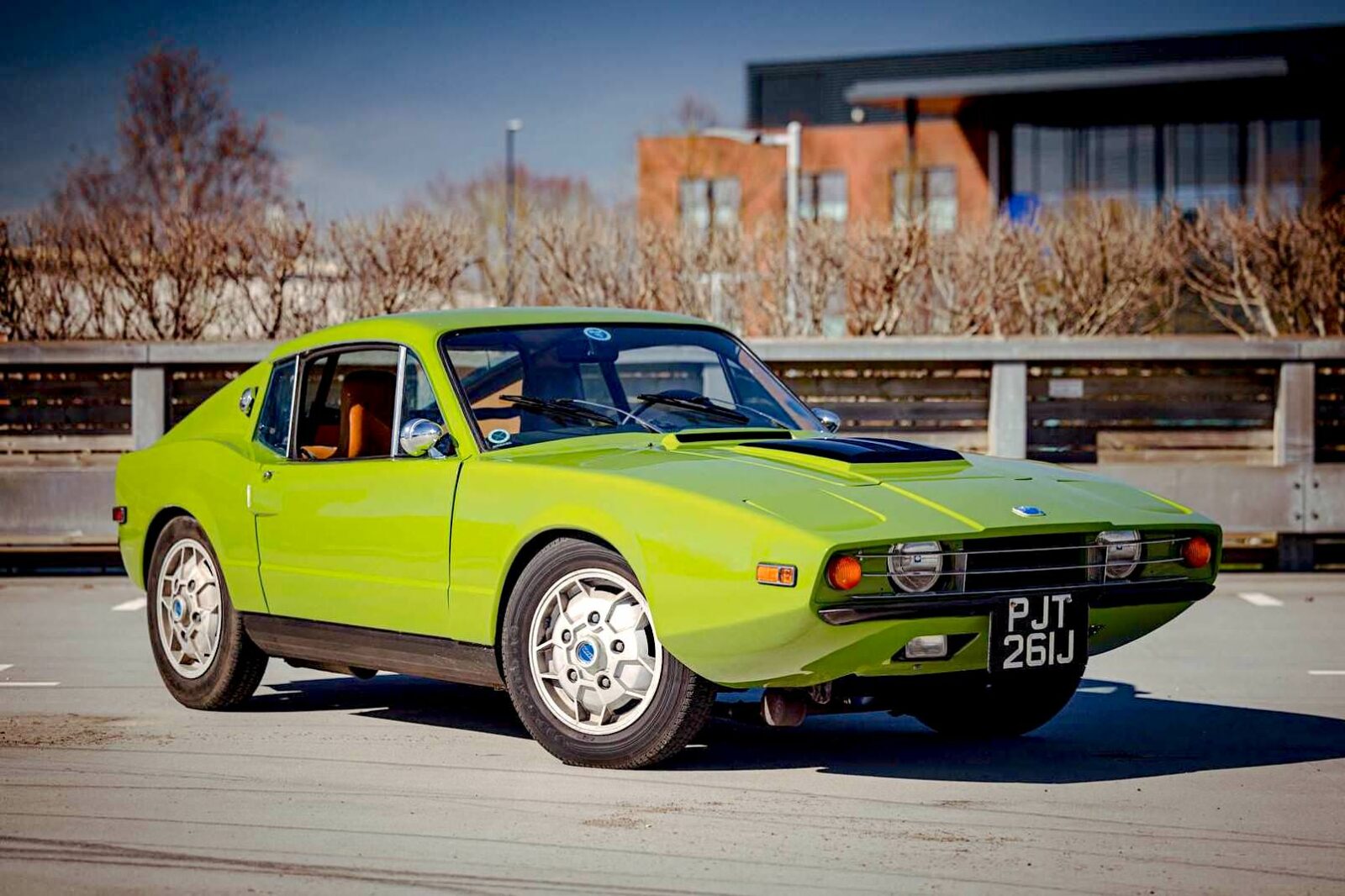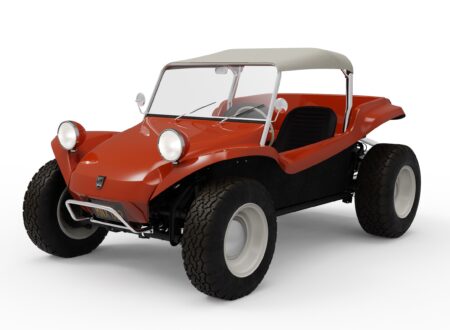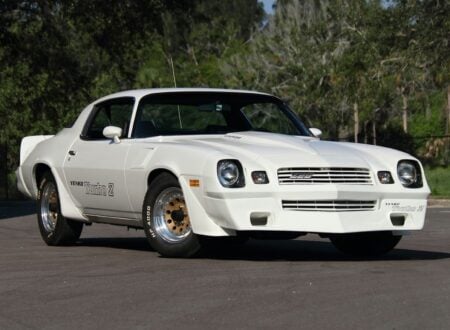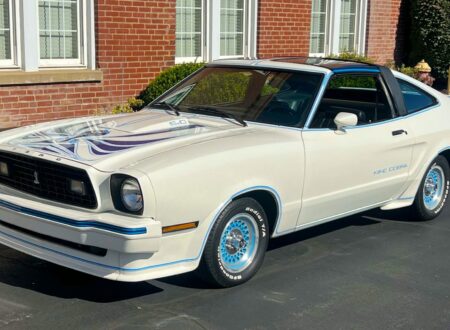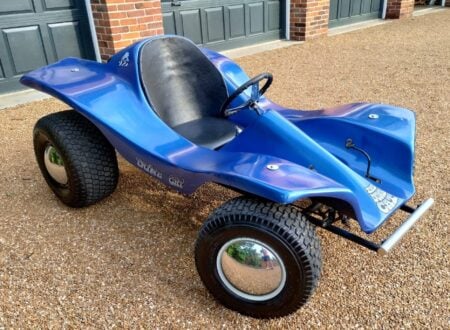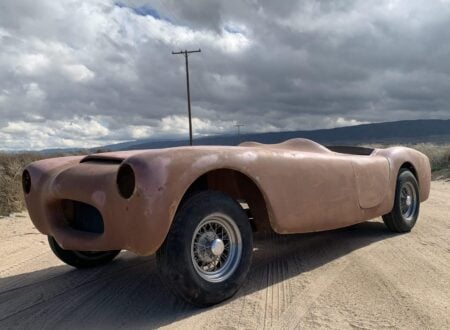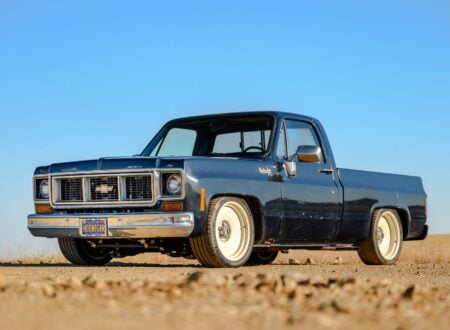In some respects the Saab Sonett is a car that time forgot, the little Swedish coupe was wildly popular with fans of quirky European sports cars, and it put up a respectable showing in period SCCA competition against the likes of the MG Midget and Triumph TR5.
The Saab Sonett III was the third and final iteration of the car, it was also the fastest and most refined, with power provided by a 1.5 liter Ford Taunus V4 engine and a top speed of over 100 mph.
Fast Facts – The Saab Sonett
- The Saab Sonett was released in three major versions from 1955 to 1957, then 1966 to 1969, and finally from 1970 to 1974. Each generation looked markedly different, but all were small, lightweight sports cars with front wheel drive powertrains.
- The Saab Sonett III was the third and final version of the car, it featured new body styling and a series of upgrades including wider wheels and tires, and after 1971 the Sonett III was given the 1.7 liter Ford Taunus V4 in place of the original 1.5 liter unit.
- Both the Sonett II and Sonett III were built with a box-type steel chassis, a steel roll over hoop, and a lightweight fiberglass body. Earlier cars received two-stroke engines, and later cars got the Ford V4, and they weighed in at just 880 kgs (1,940 lbs).
- The car you see in this article is a 1970 model that was first delivered to Washington State in the USA. It was later restored in the 1990s, then imported into Britain in the year 2000 where it was owned by a trained SAAB aircraft engineer who has owned SAABs for 51 years. He’s now offering this car for sale due to ill-health.
Saab – Svenska Aeroplan Aktiebolaget
Saab Automobile AB, a Swedish car manufacturer, was founded in 1945 as a diversification strategy by parent company Svenska Aeroplan Aktiebolaget (SAAB), which primarily focused on aircraft production.
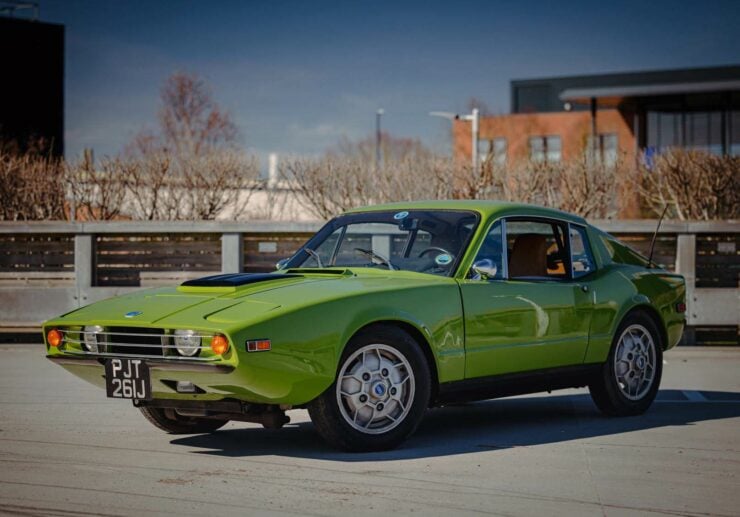

Saab’s first foray into the automotive industry began with the production of the Saab 92 in 1949. The 92 was designed by renowned Swedish designer Sixten Sason, who applied his knowledge of aerodynamics from the aircraft industry to create a lightweight, streamlined, and fuel-efficient vehicle.
The 92 featured a two-stroke, three-cylinder engine, and a front-wheel-drive layout, which was relatively uncommon at the time but ideally suited to the oftentimes snowy and icy conditions of Scandinavia.
The Saab 92 quickly gained popularity in Sweden and laid the foundation for Saab’s design future philosophy which emphasized innovation, safety, and practicality. As a result, Saab’s market share grew steadily, prompting the development of new models such as the Saab 93, Saab 95, and Saab 96.
The company achieved back-to-back wins in the Monte Carlo Rally in 1962 and 1963 thanks to driver Erik Carlsson. In 1960 Carlsson had driven a Saab to a win in the British RAC Rally, his first of three consecutive victories, and Stig Blomqvist would go on to win the 1000 Lakes Rally in 1971, the 1976 Belgian Rally Boucles de Spa, the 1977 and 1979 Swedish Rallies, and the 1980 Lombard RAC Rally.
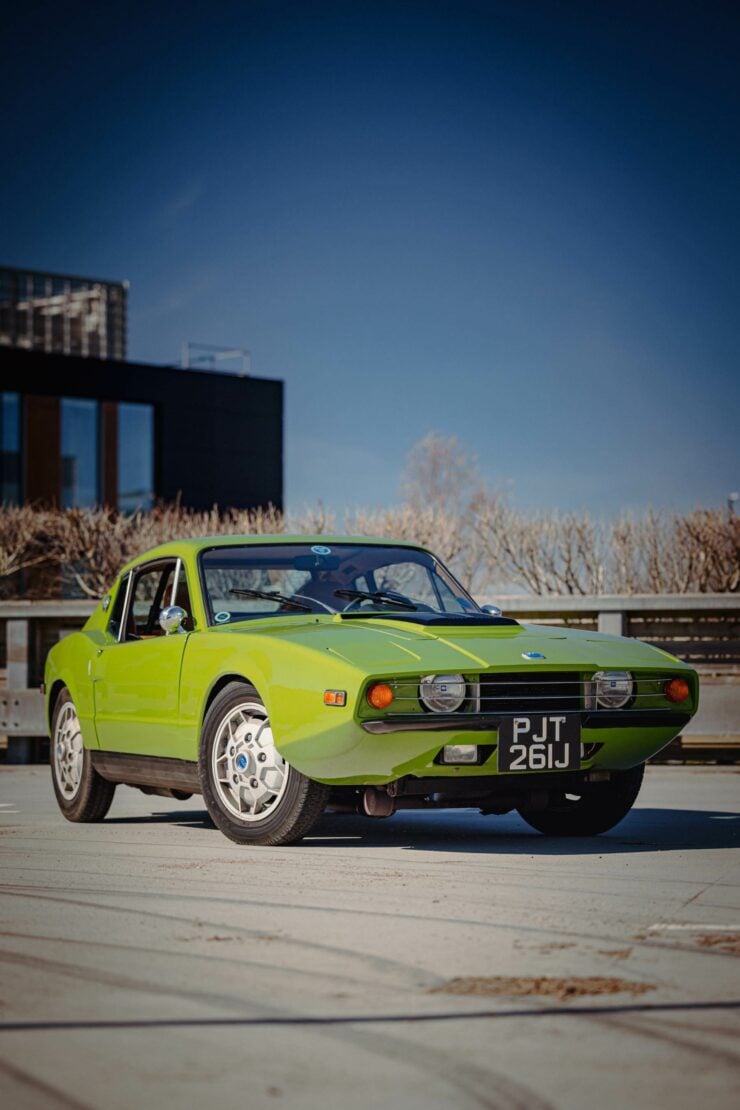

The first commercially-produced sports car from Saab was the Sonett II, released in 1966 and built using many parts from the primary Saab production cars. Though the Sonett II and Sonett III never sold in significant numbers they remain popular and highly collectible today with enthusiasts.
The Saab Sonett
The first Saab Sonett was a small sports racing car that had been developed in the mid-1950s, it looked a little like the Porsche 550 Spyder and it made good use of its low curb weight and diminutive size to offer excellent performance – despite its 748cc three-cylinder two-stroke engine which made only 57.5 bhp.
The name Sonett comes from the Swedish phrase “Så nätt den är” which means “How neat it is,” which is said to be what Saab engine developer Rolf Mellde had said when he first laid eyes on the prototype.
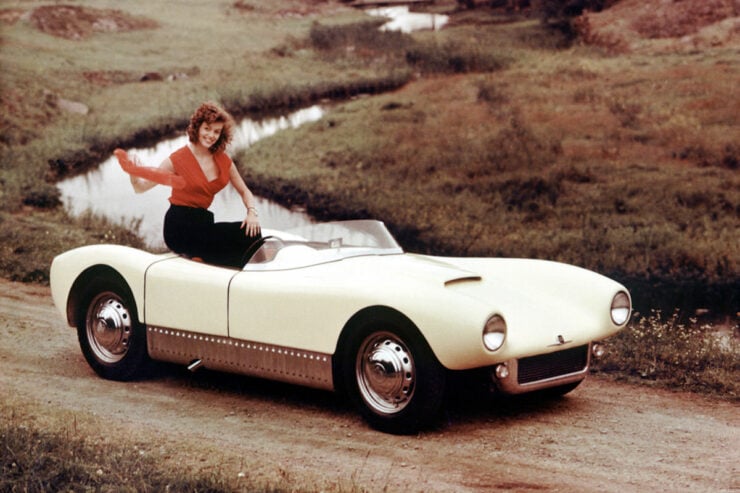

This car would never make it into production, just six were made before the project was discontinued. The all-new Sonett II appeared in 1966, it was based on a box-type steel chassis with independent front and rear suspension, front wheel drive, seating for two, and a lightweight fiberglass body.
The drivetrain and much of the rest of the car’s engineering were based on the Saab 96, the car that had won the Monte Carlo Rally twice in a row and a number of other major races and championships. It was initially powered by the 841cc Saab two-stroke three-cylinder engine, however this was later upgraded to the 65 bhp 1.5 liter Ford V4 engine in the hopes of better appealing to buyers in the booming American market.
The body was largely redesigned in 1970 with the release of the Saab Sonett III, the new more angular body was fitted to largely the same chassis as its forebear, but it featured a number of upgrades throughout including the addition of pop-up headlights – a must-have feature for many sports cars in the 1970s.
Initially the Sonett III was given the same 1.5 liter Ford V4 as the earlier model, however after 1971 it was upgraded to the 1.7 liter version. The car was capable of a 165 km/h (103 mph) top speed and it could do the 0-62 mph dash in 13 seconds. That may not sound impressive by today’s standards but it was on par for small, affordable sports cars of this nature at the time.
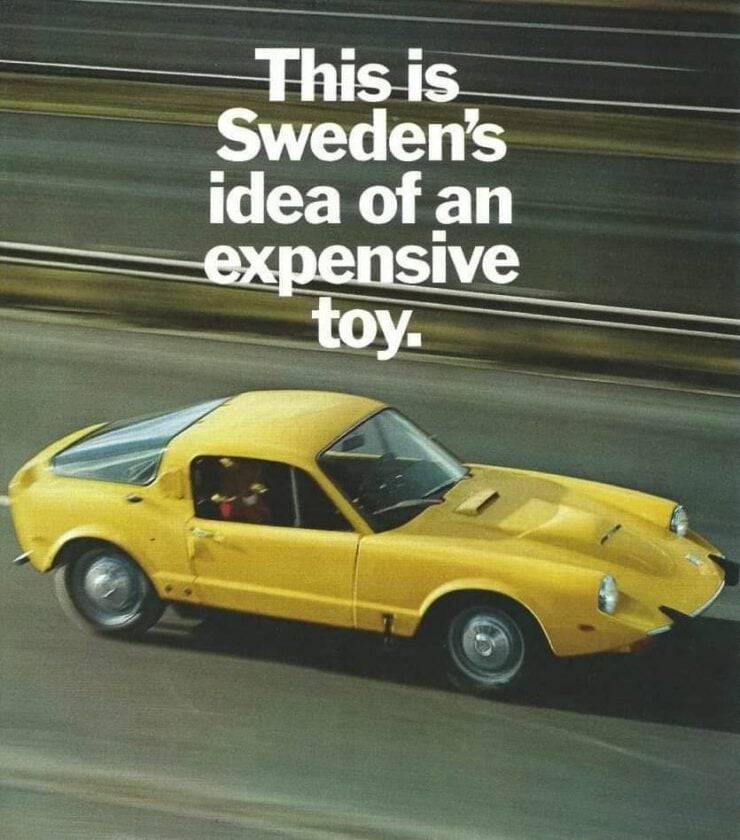

8,368 Sonett IIIs were manufactured between 1970 and 1974, most were exported, and a surprising number of them have survived thanks to their rust-free fiberglass bodies.
The 1970 Saab Sonett III Shown Here
The car you see here is a 1970 Saab Sonett III that was delivered new to its first owner in Washington State in the USA. A coupe of decades later in the 1990s it was restored and imported into the UK in the year 2000.
In the UK it belonged to a trained SAAB aircraft engineer who has owned SAABs for 51 years and has been a major enthusiast. He’s now offering this car for sale only due to ill-health, and it’s being offered on The Market by Bonhams out of Abingdon in the United Kingdom.
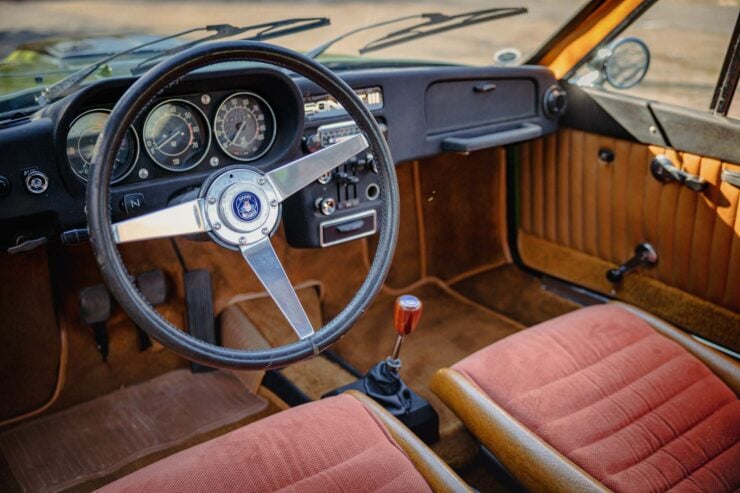

This car is finished in green with a tan interior, it rides on 15 inch alloy wheels fitted with Firestone F-560 tires, though the rubber will need replacing before any serious driving is attempted as they’re 20+ years old now.
This car is powered by an original 1.5 liter Ford Taunus V4 engine, the transmission overhauled by a marque specialist within the last few years, and it’s fitted with the correct Sonett III higher final drive ratio for easier highway driving.
If you’d like to read more about the car or register to bid you can visit the listing here.
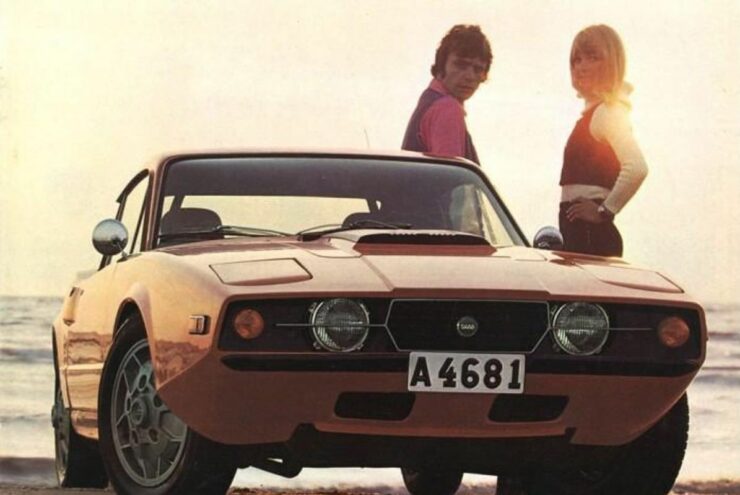
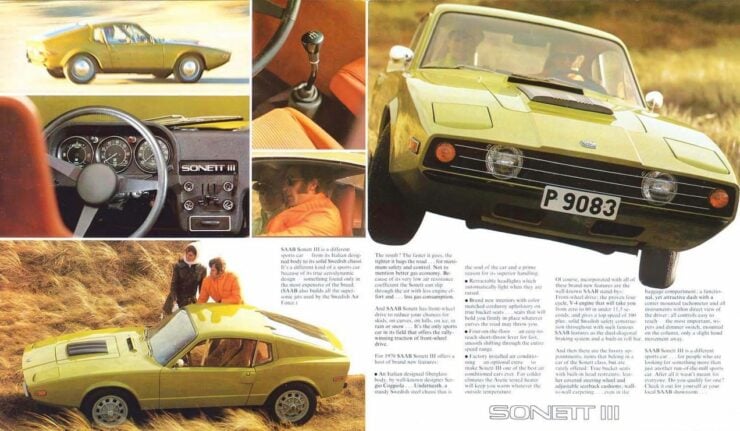
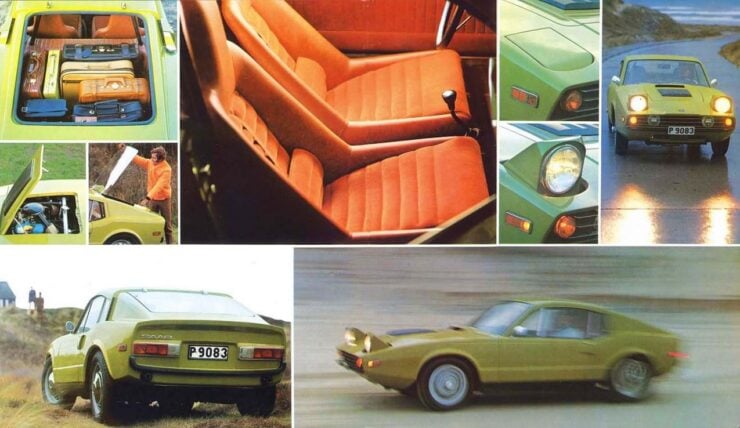
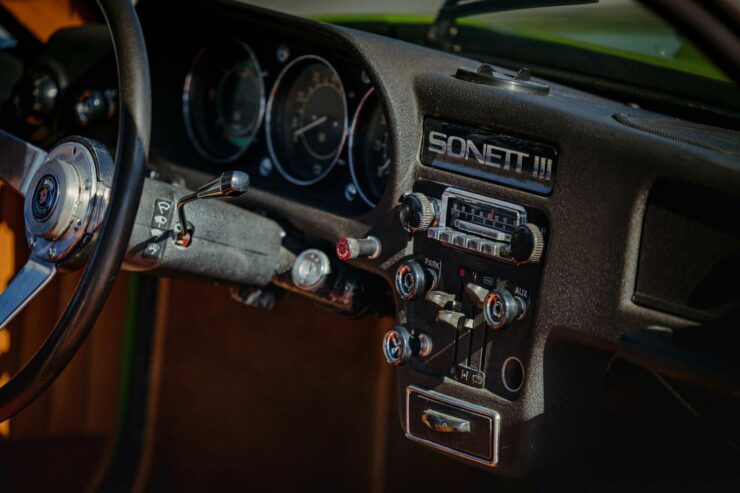
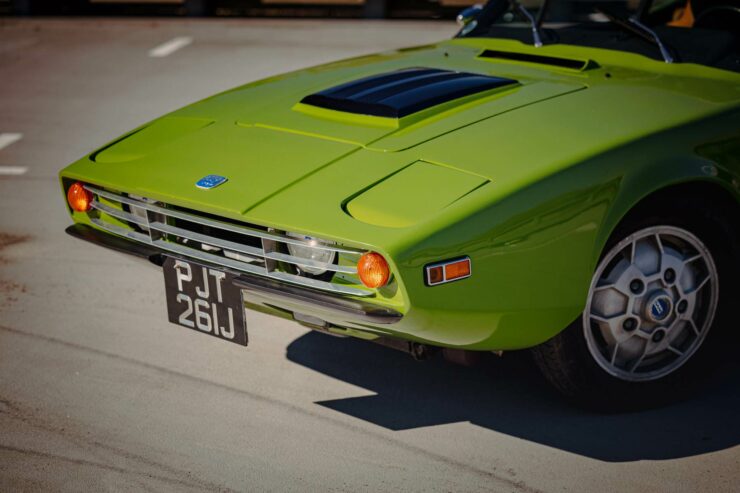
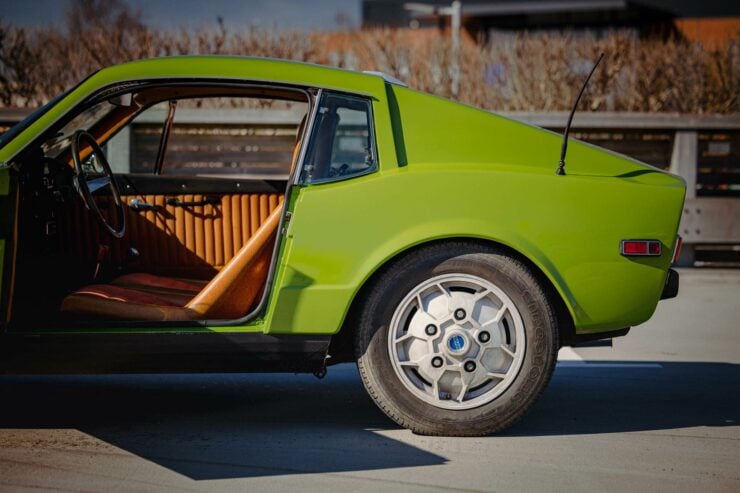
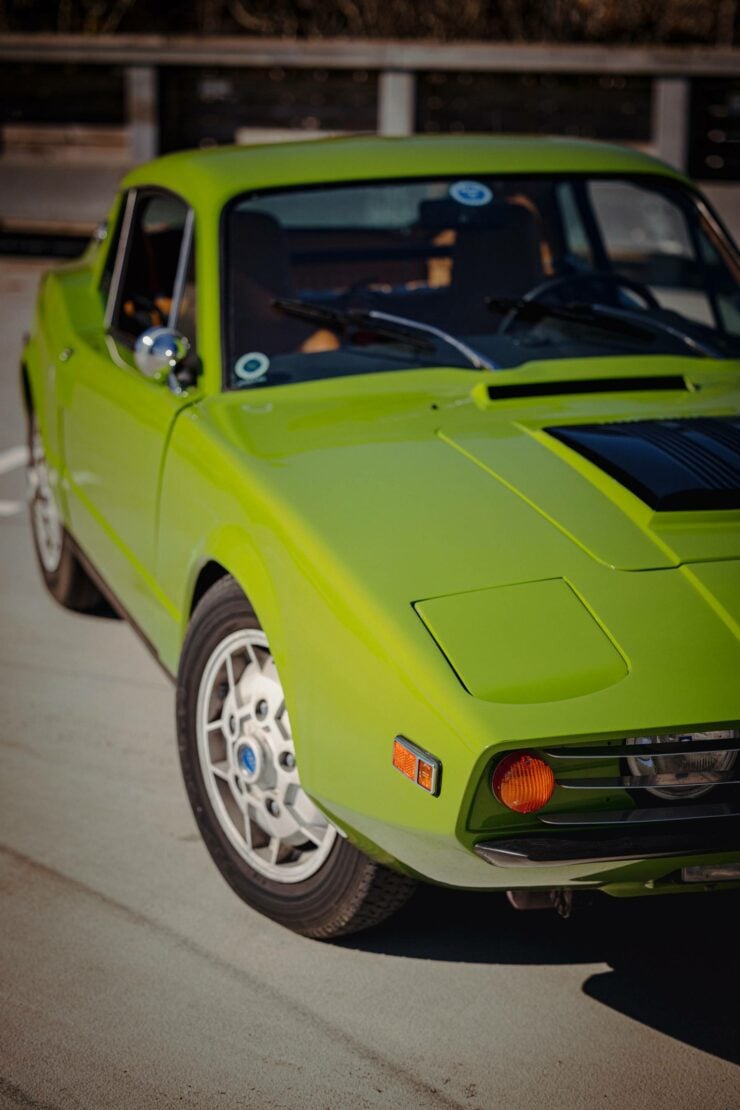
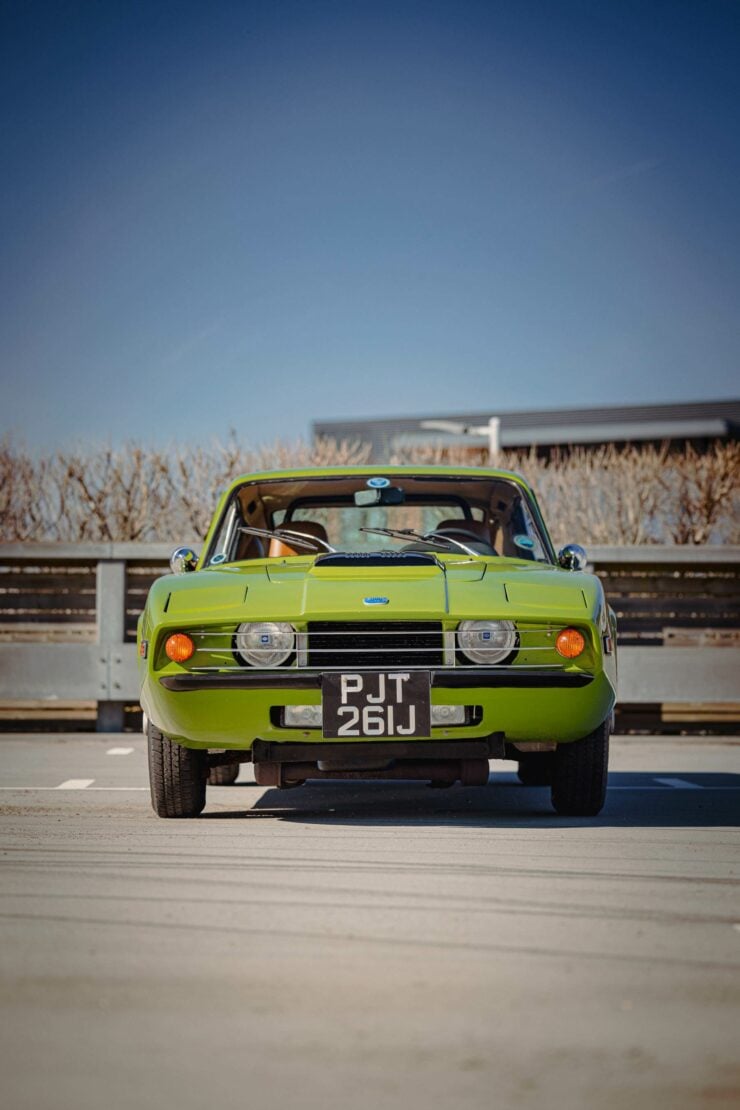
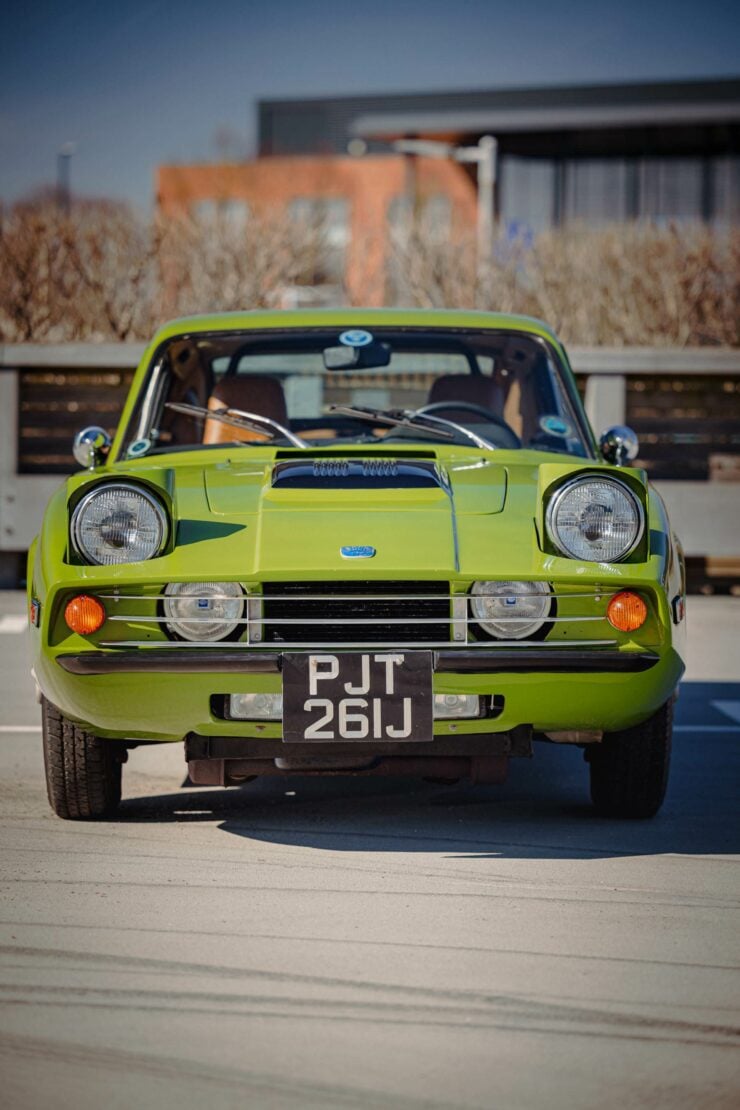
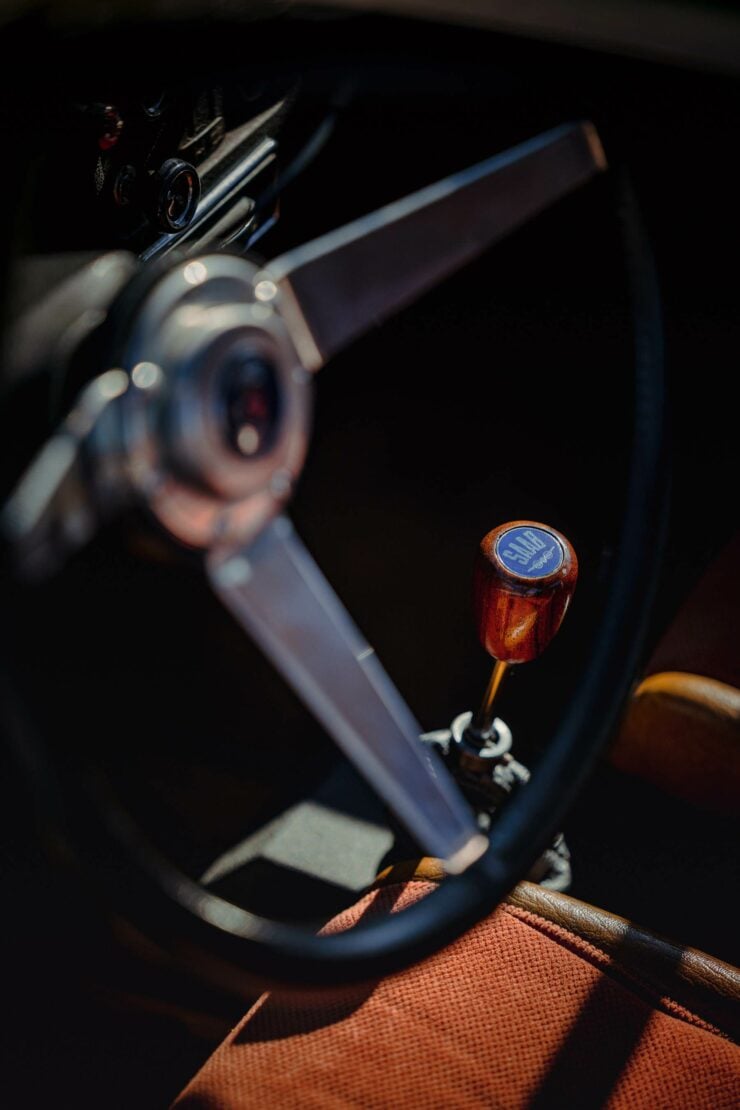
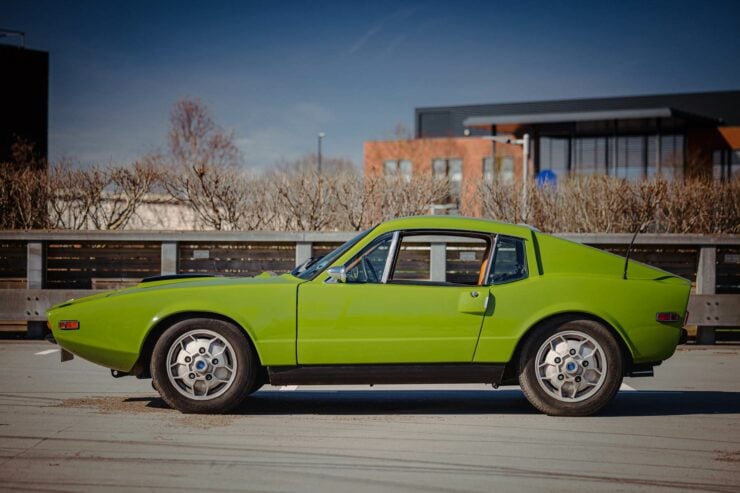
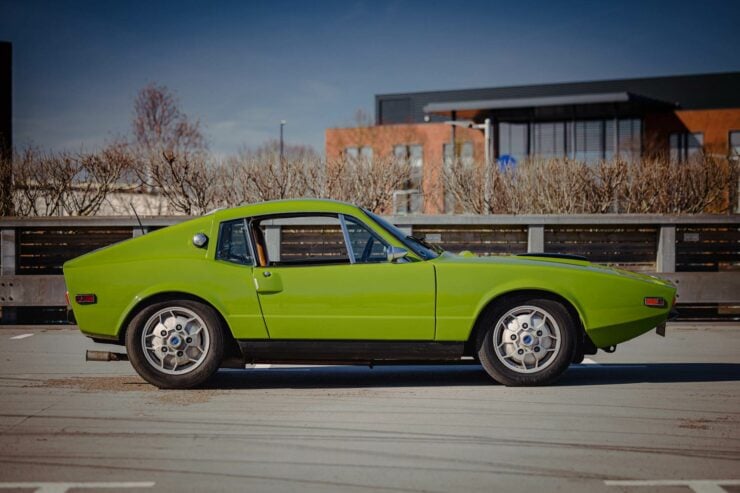
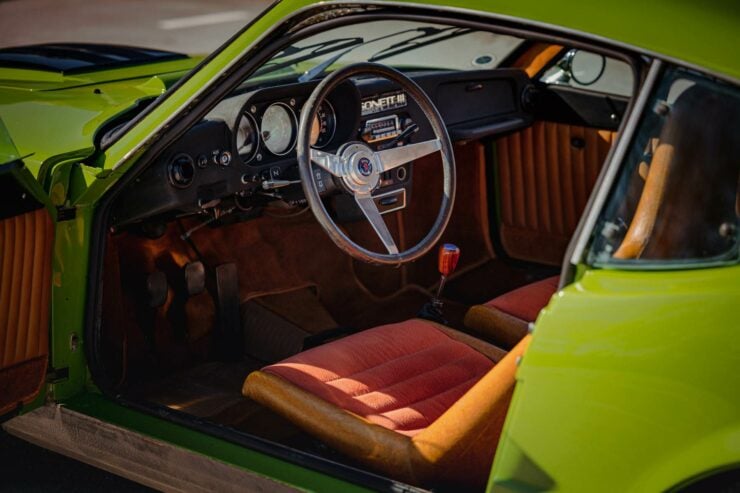
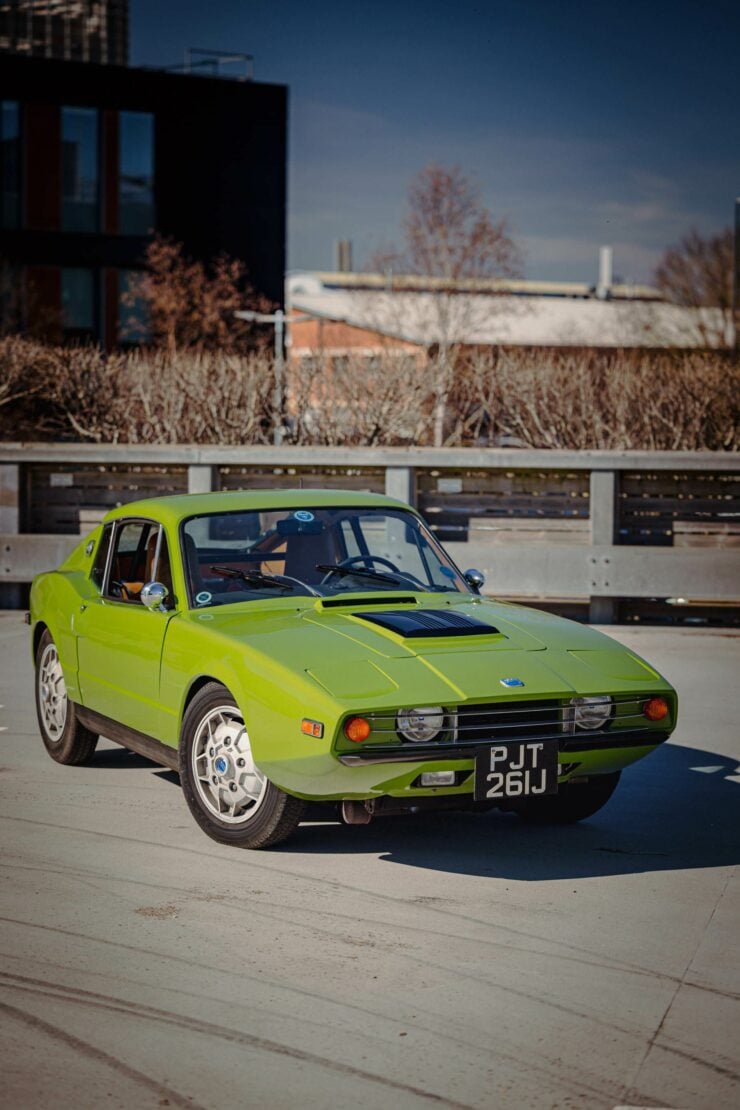
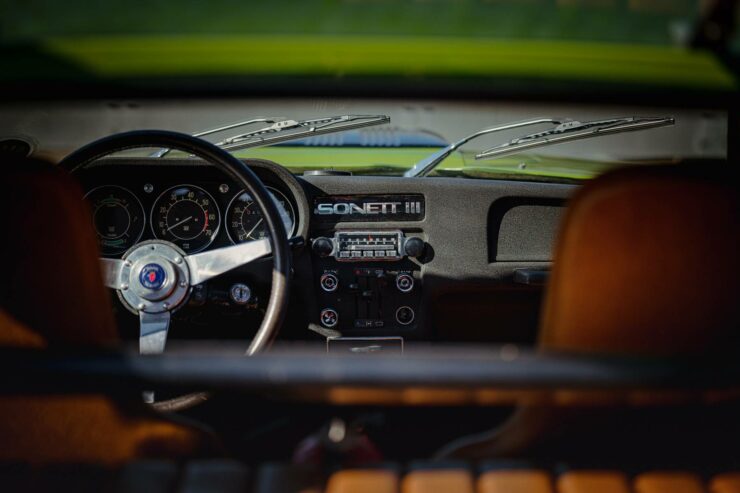
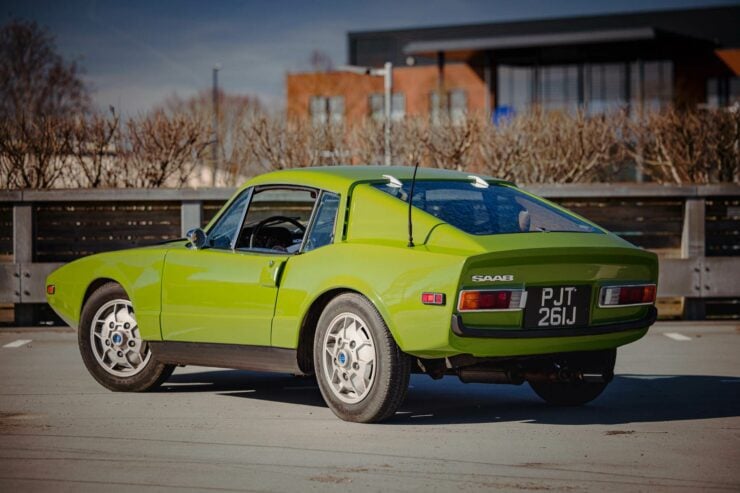
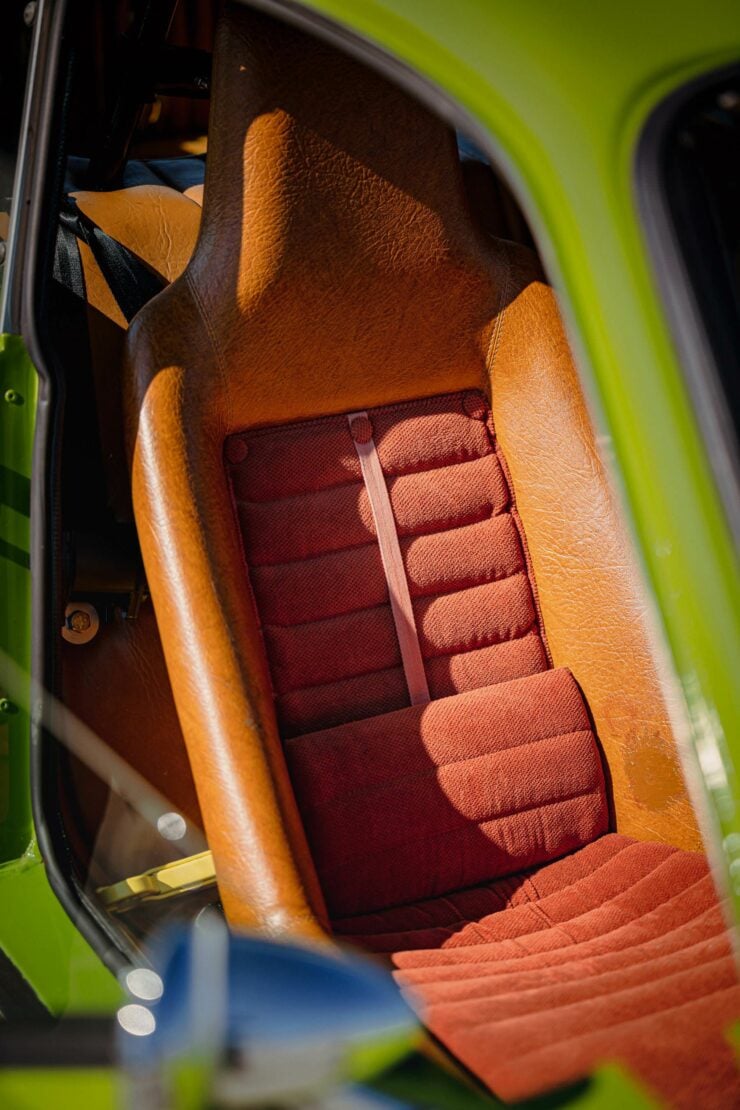
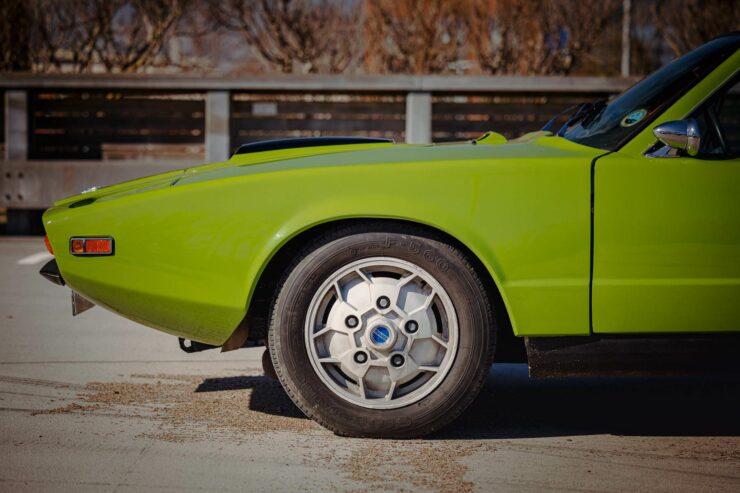
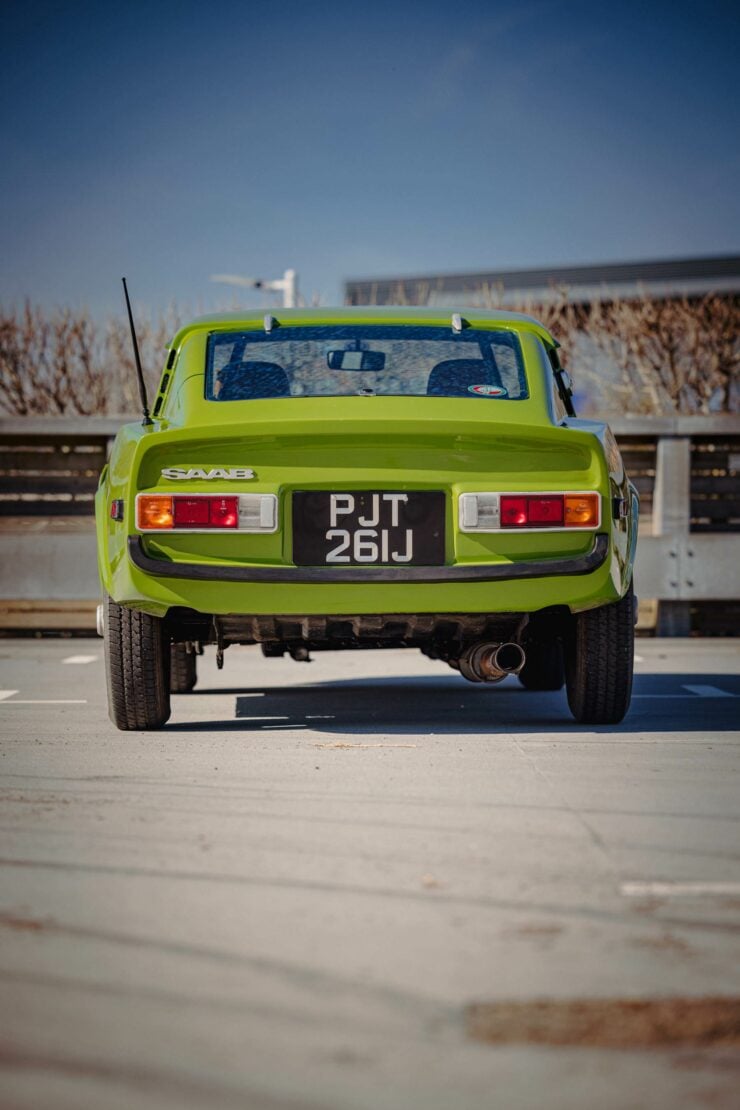
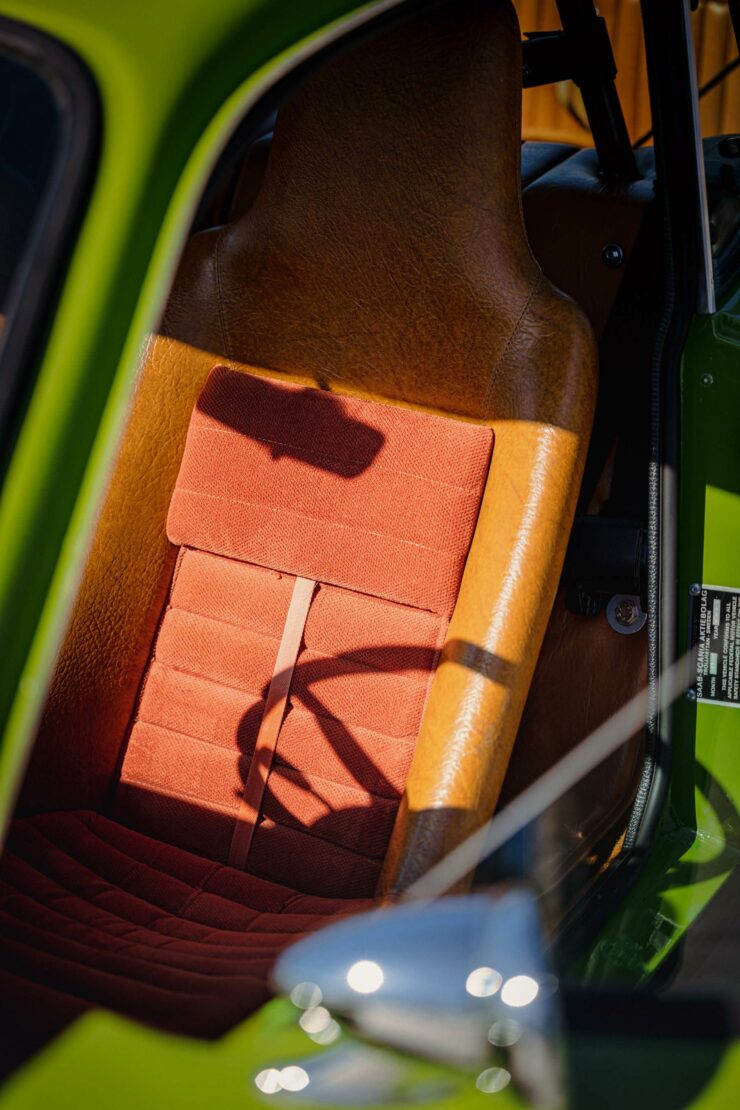
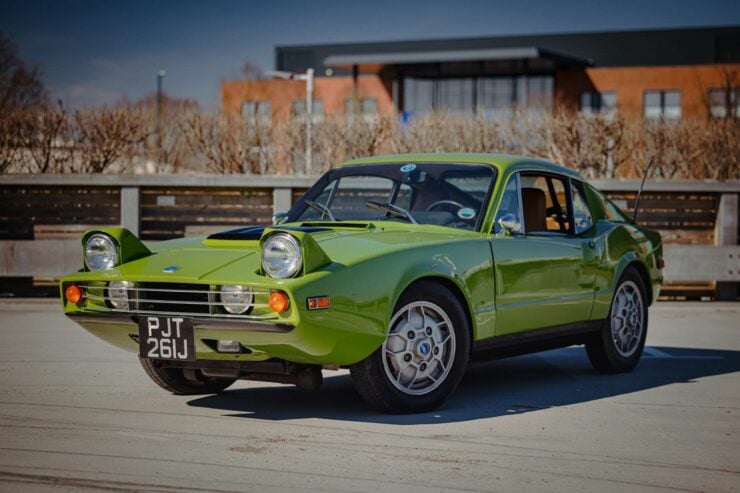
Images courtesy of The Market by Bonhams

Articles that Ben has written have been covered on CNN, Popular Mechanics, Smithsonian Magazine, Road & Track Magazine, the official Pinterest blog, the official eBay Motors blog, BuzzFeed, Autoweek Magazine, Wired Magazine, Autoblog, Gear Patrol, Jalopnik, The Verge, and many more.
Silodrome was founded by Ben back in 2010, in the years since the site has grown to become a world leader in the alternative and vintage motoring sector, with well over a million monthly readers from around the world and many hundreds of thousands of followers on social media.

